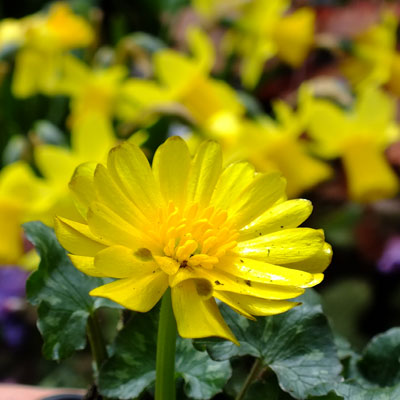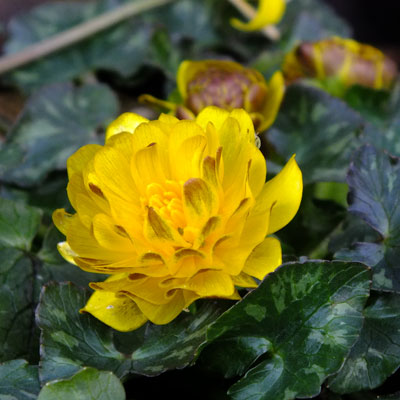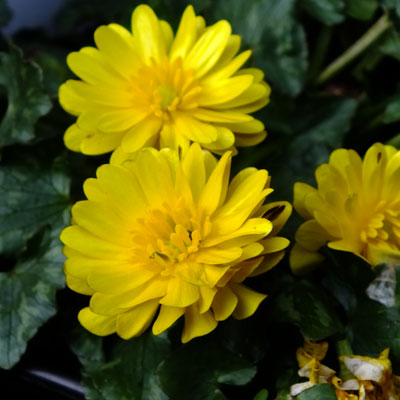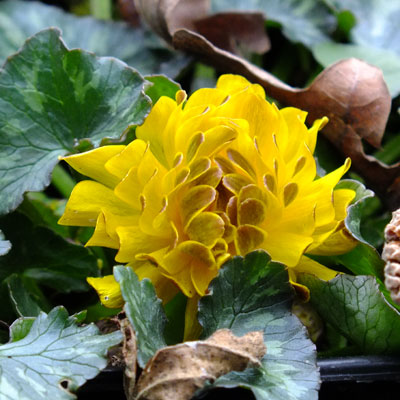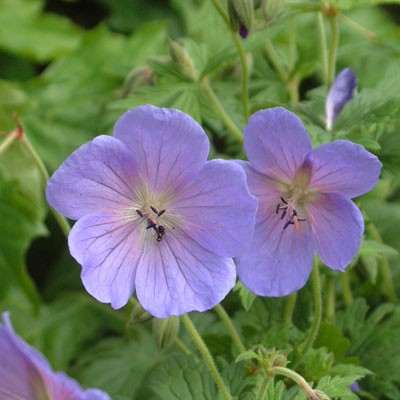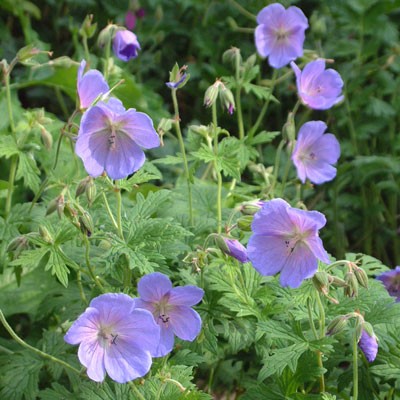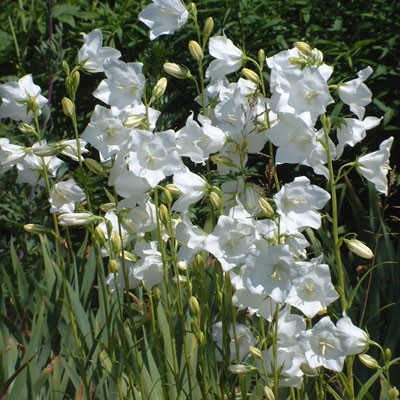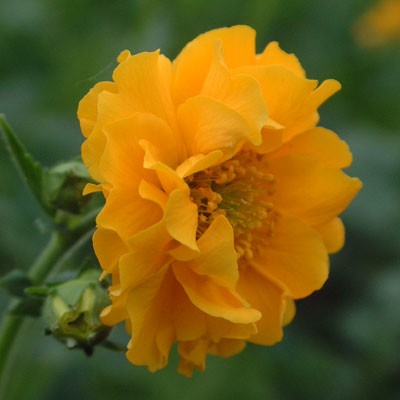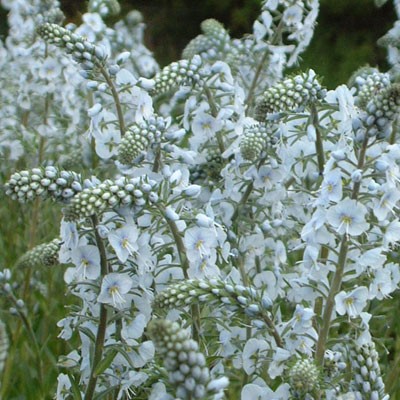Description
Ficaria verna ‘Montacute’ (Ranunculus ficaria)
Lesser Celandine. Gold-edged, bronze buds open to a typical celandine colour, the difference being that Ficaria verna ‘Montacute’ (Ranunculus ficaria) has 4 ruffs of petals, prettily incurved to reveal the contrasting bronzy reverse. The petals are neatly square-ended, almost as if they have been trimmed. Unlike ‘Flore Pleno’ the centres of the flowers are open revealing a green eye surrounded by a boss of orange anthers. The leaves are arrow shaped, green flecked with silver. A favourite of mine and one of the earliest to flower. Said to have been rescued from a verge in Montacute, Somerset in 1994 just prior to being destroyed in roadworks.
Wonderful ephemeral magic carpets for the Spring garden, slipping into dormancy by May. The double forms set little seed, but care should be taken to avoid digging through colonies in the dormant season as division of dormant crowns is a very effective means of vegetative propagation.
The raw leaves of Lesser celandine can be quite toxic if ingested, containing the toxin protoanemonin the same toxin as found in the baneberries. As such its planting in North America is prohibited on account of the possible effects on livestock. They are little trouble in the garden, only becoming so when people take the fresh leaves as a herbal remedy. Herbalists have long prescribed them as a cure for hemorrhoids – the common name is pilewort – on account of the supposed resemblance of the roots to piles. (It’s the old doctrine of signatures again). The use of any of the plant undried is not to be recommended.
They have along association with literature, Wordsworth having written poetry to them more than once.

















































